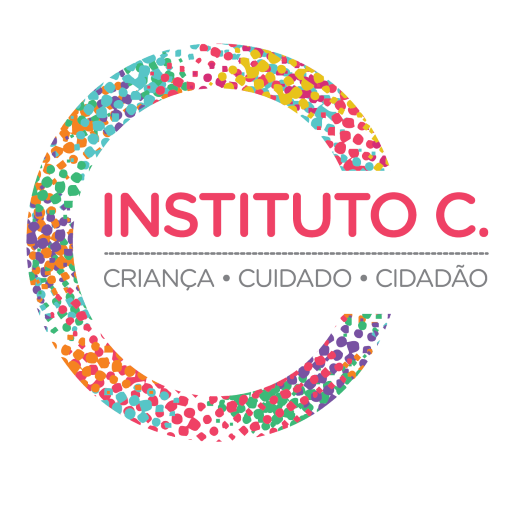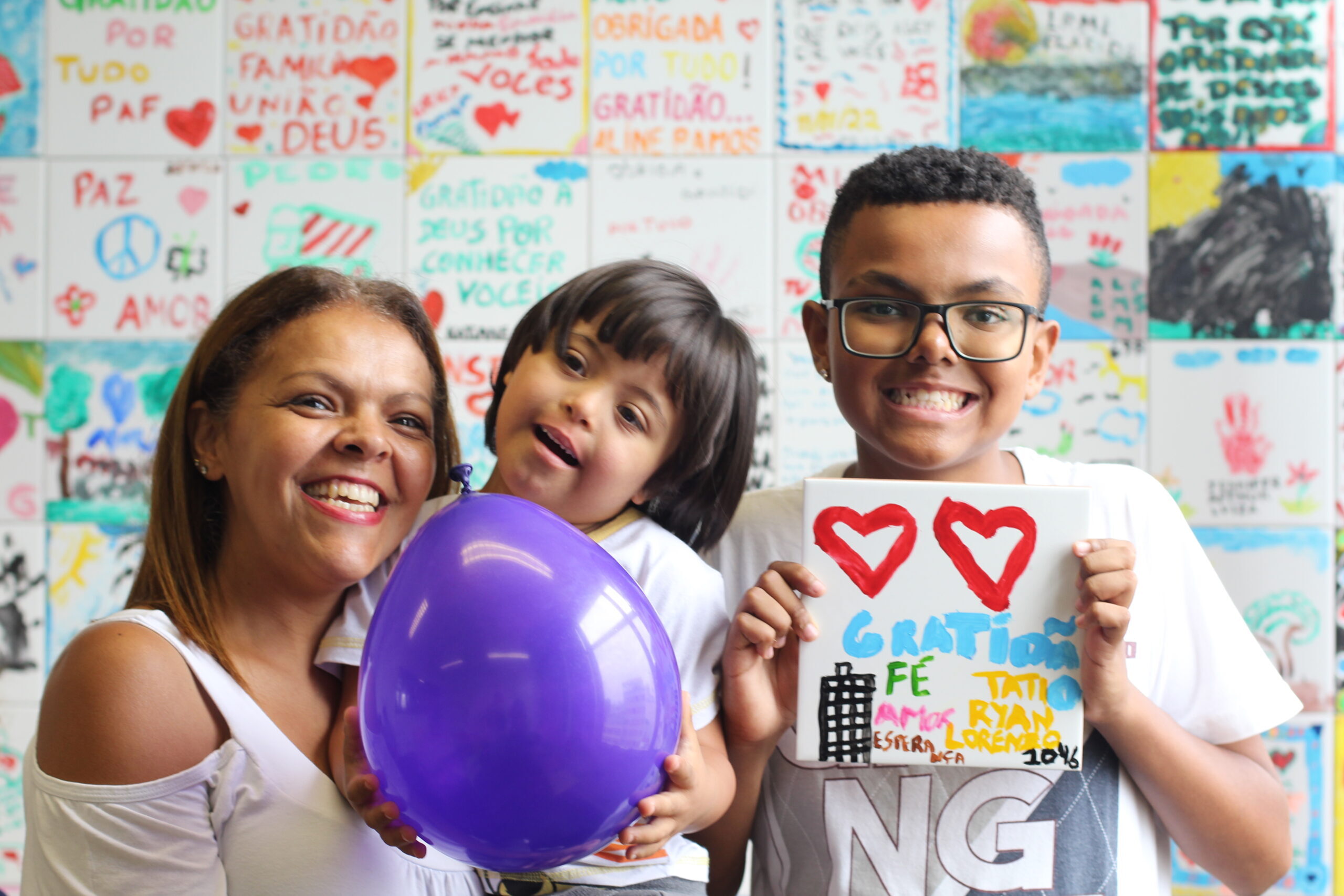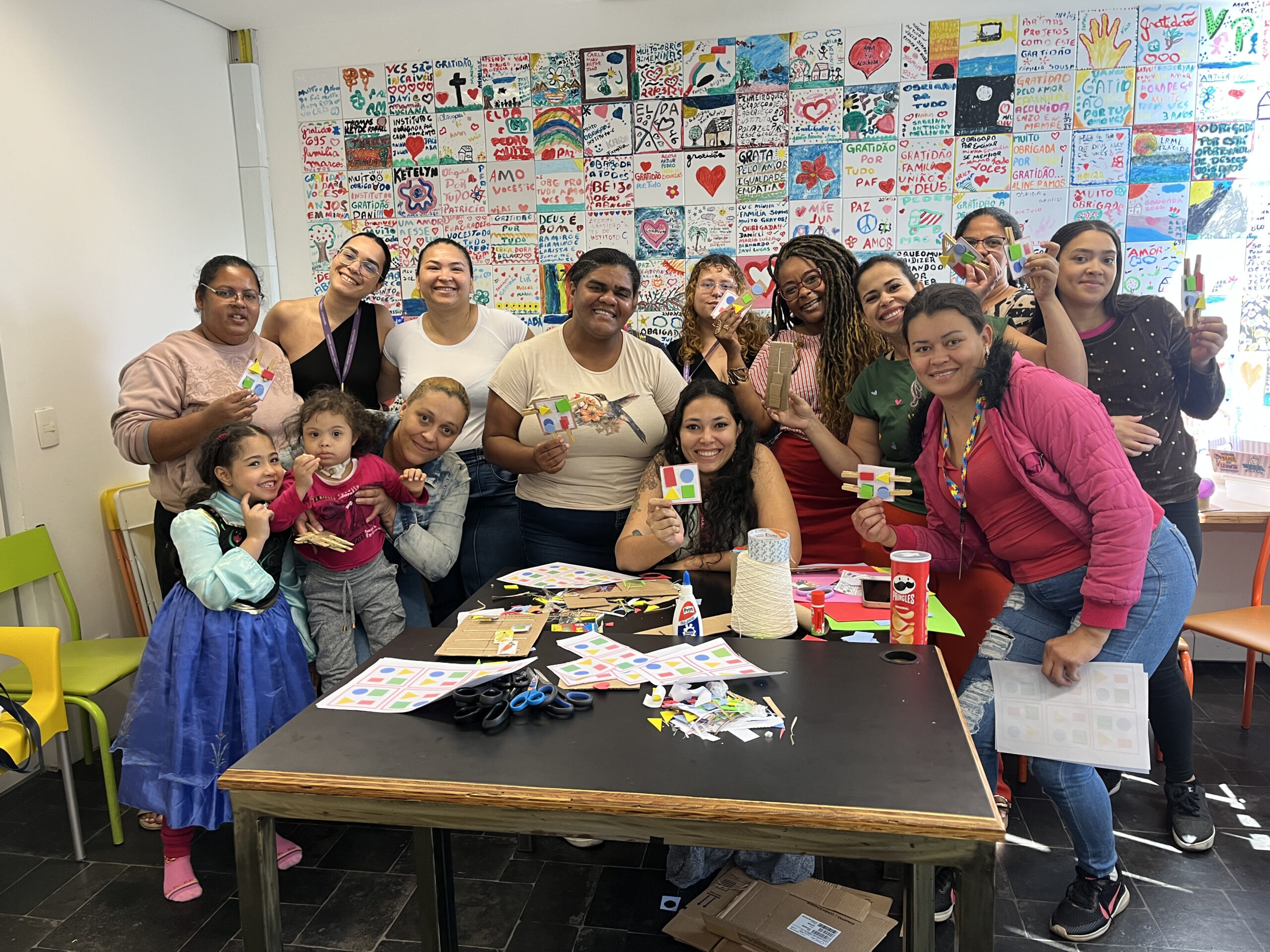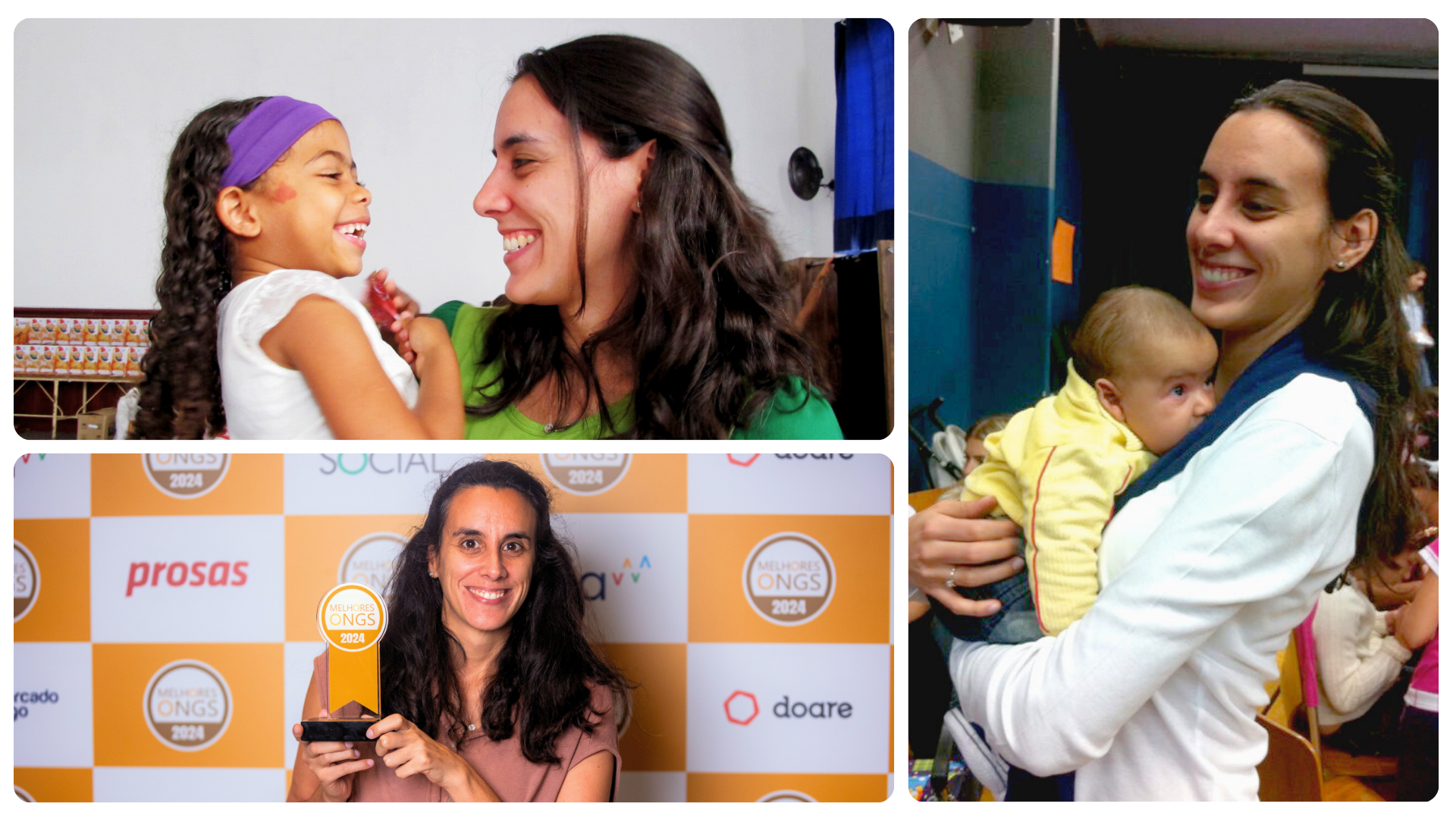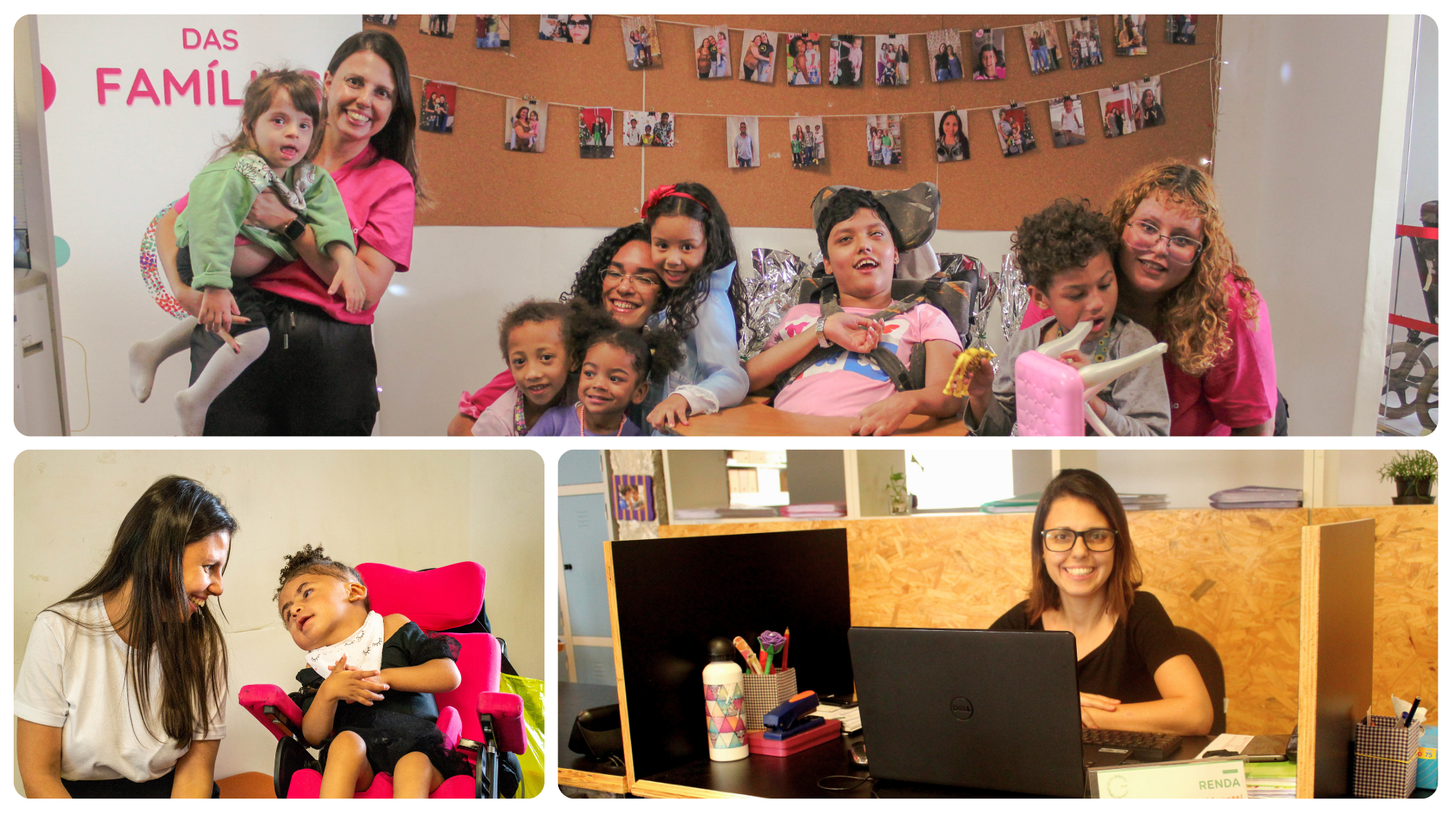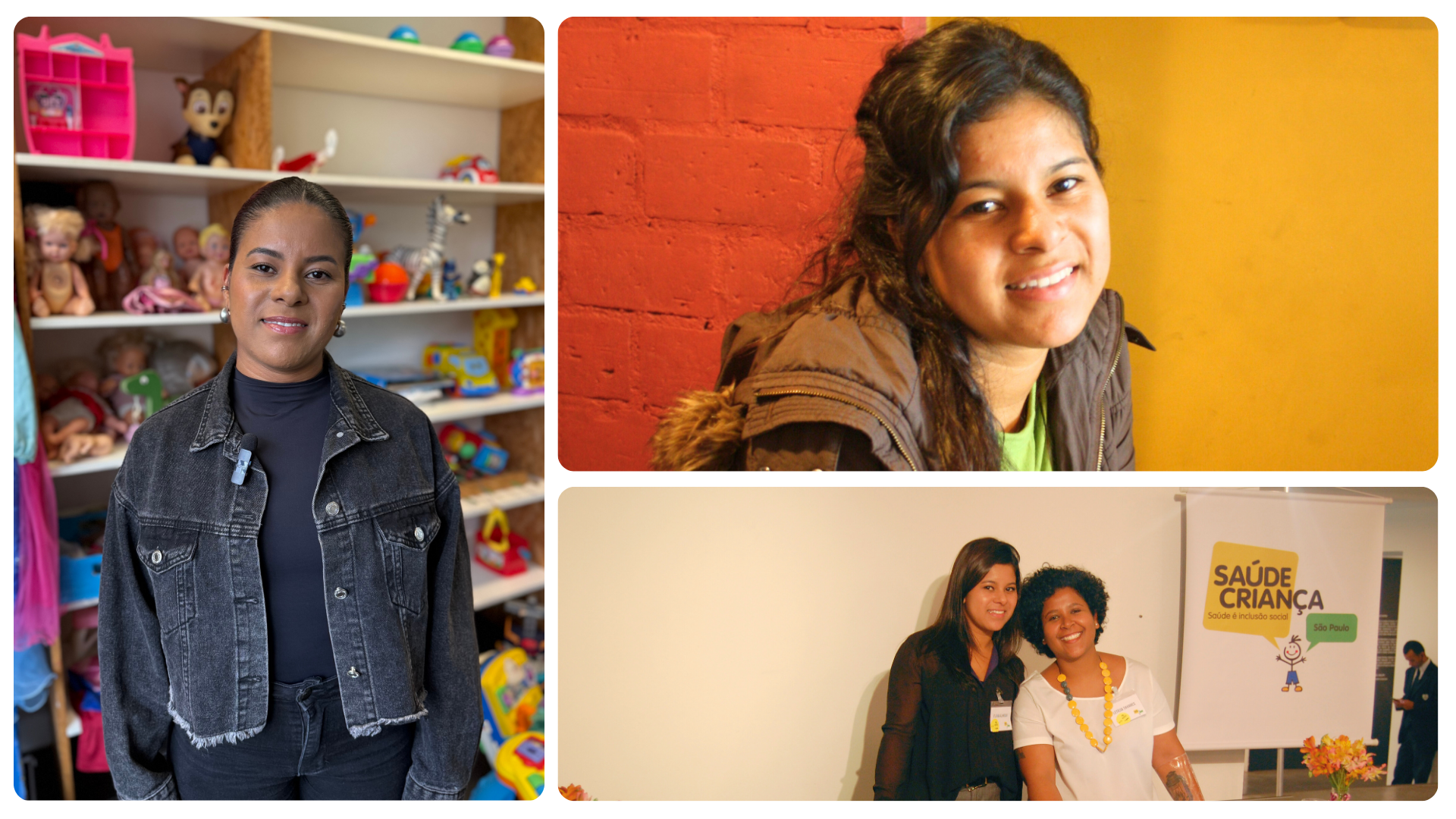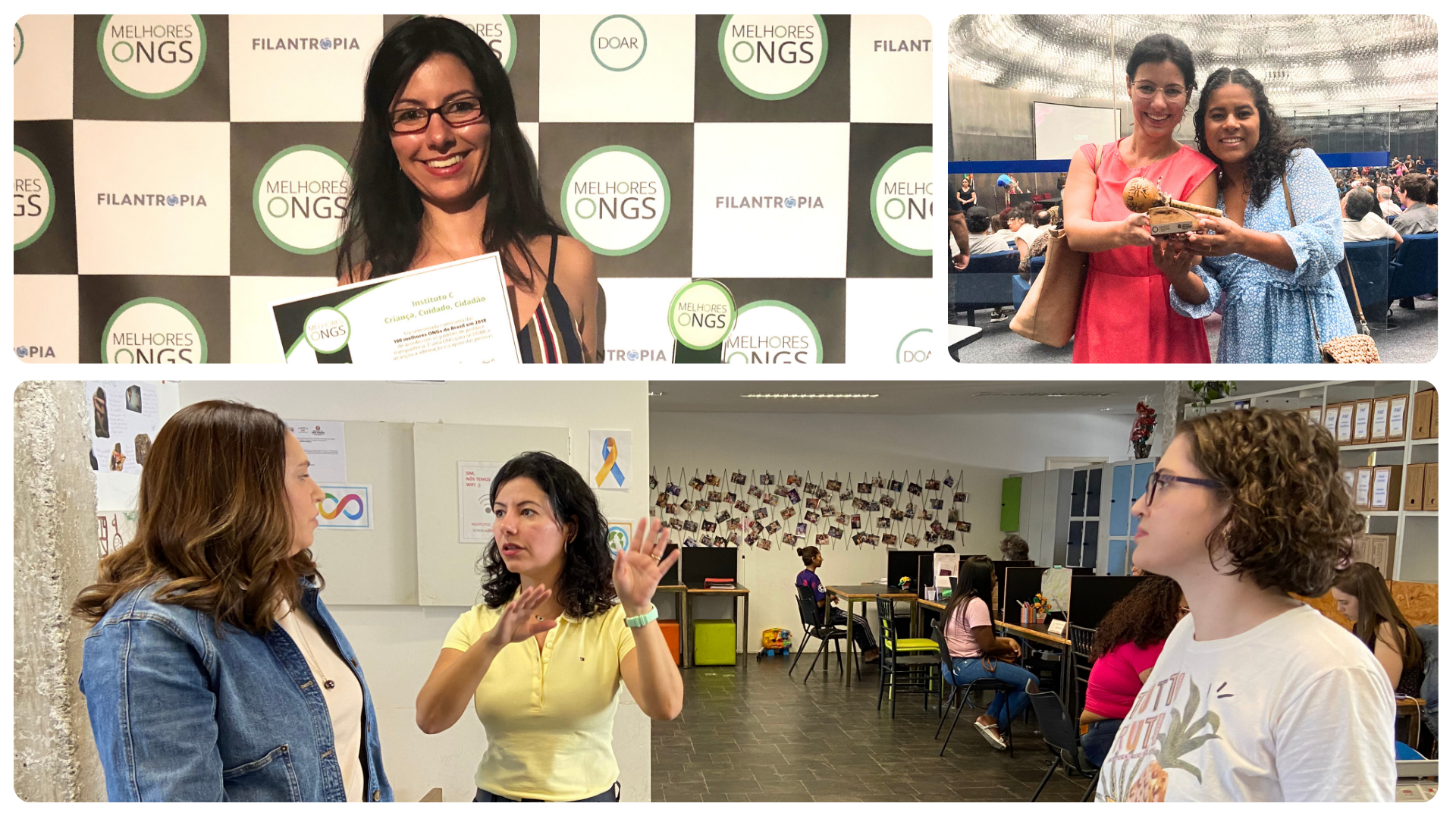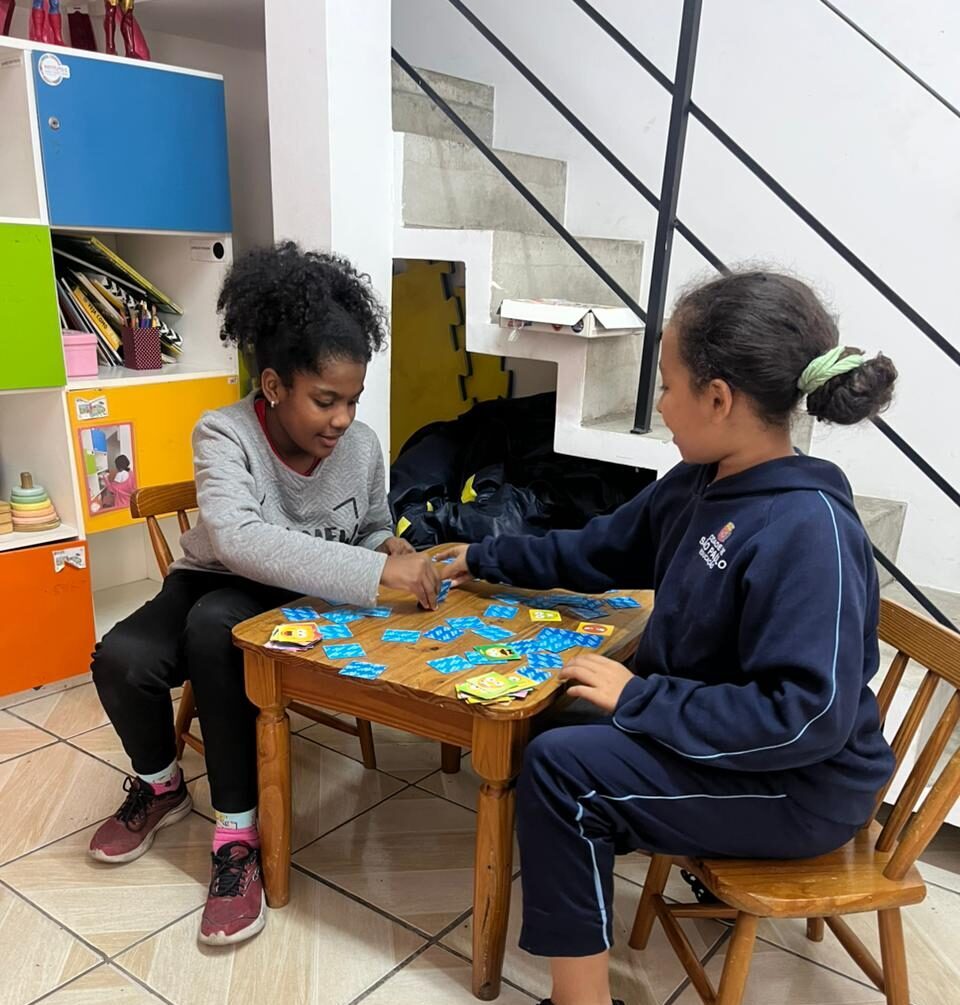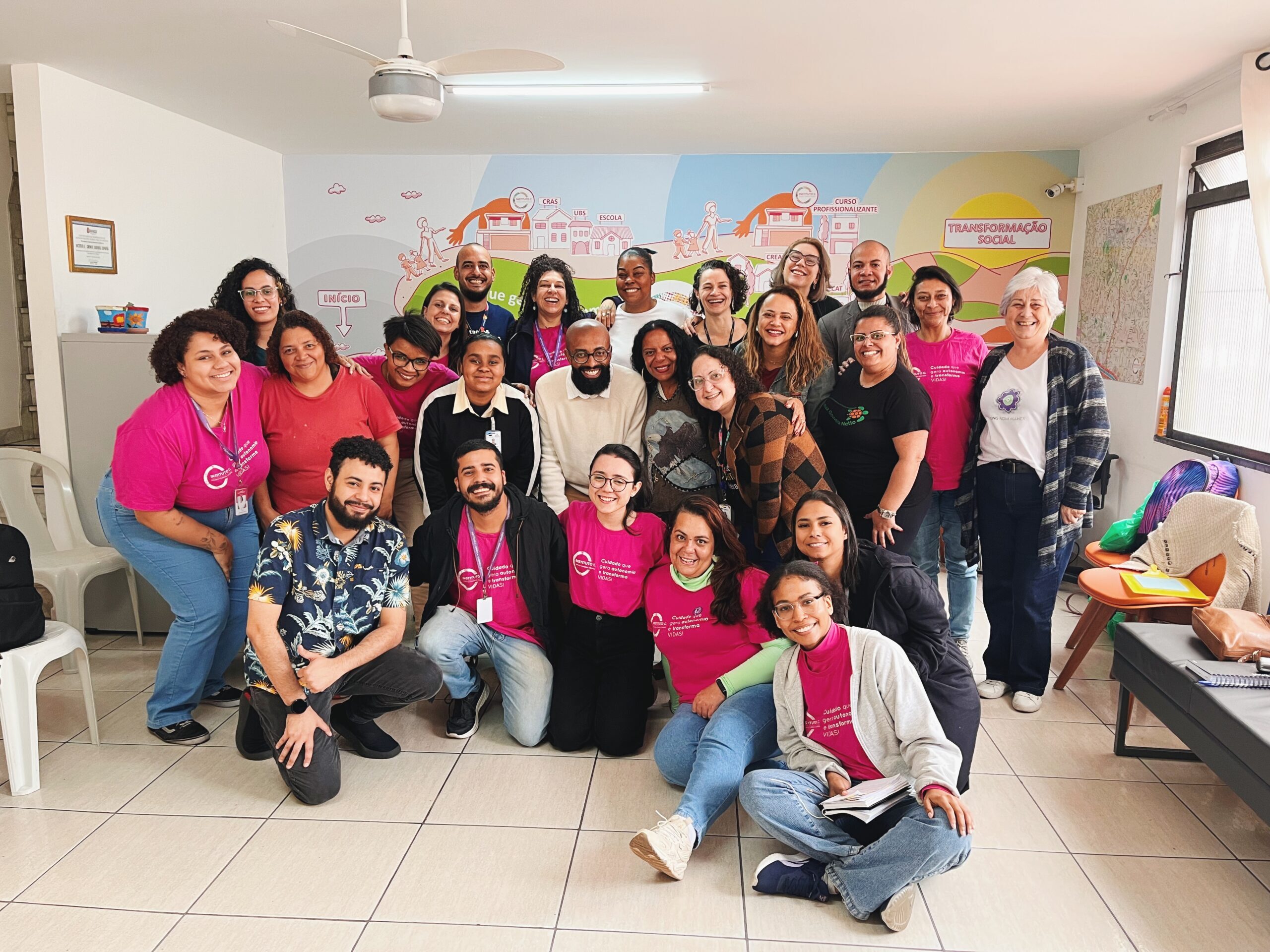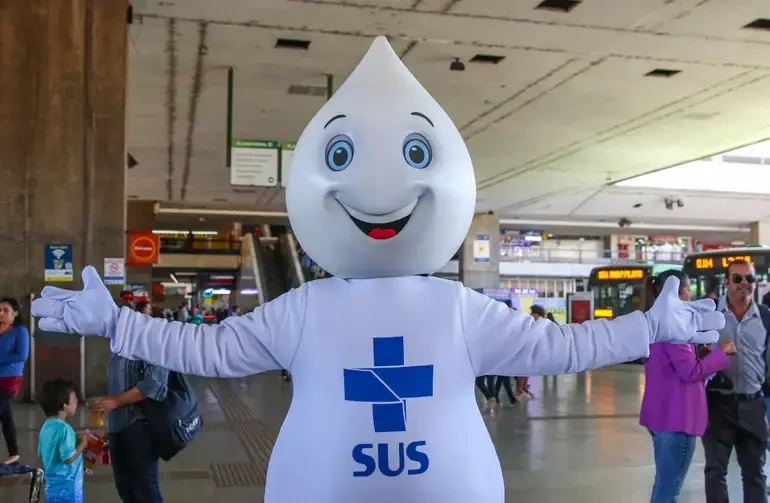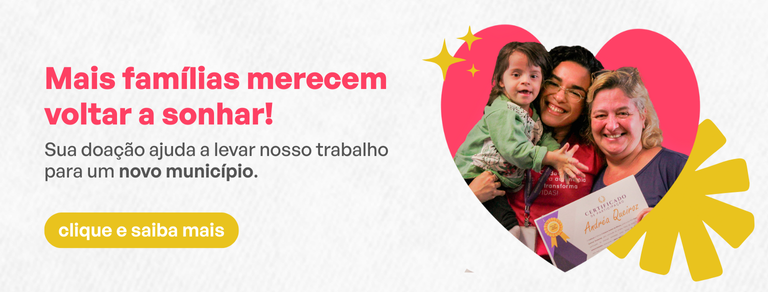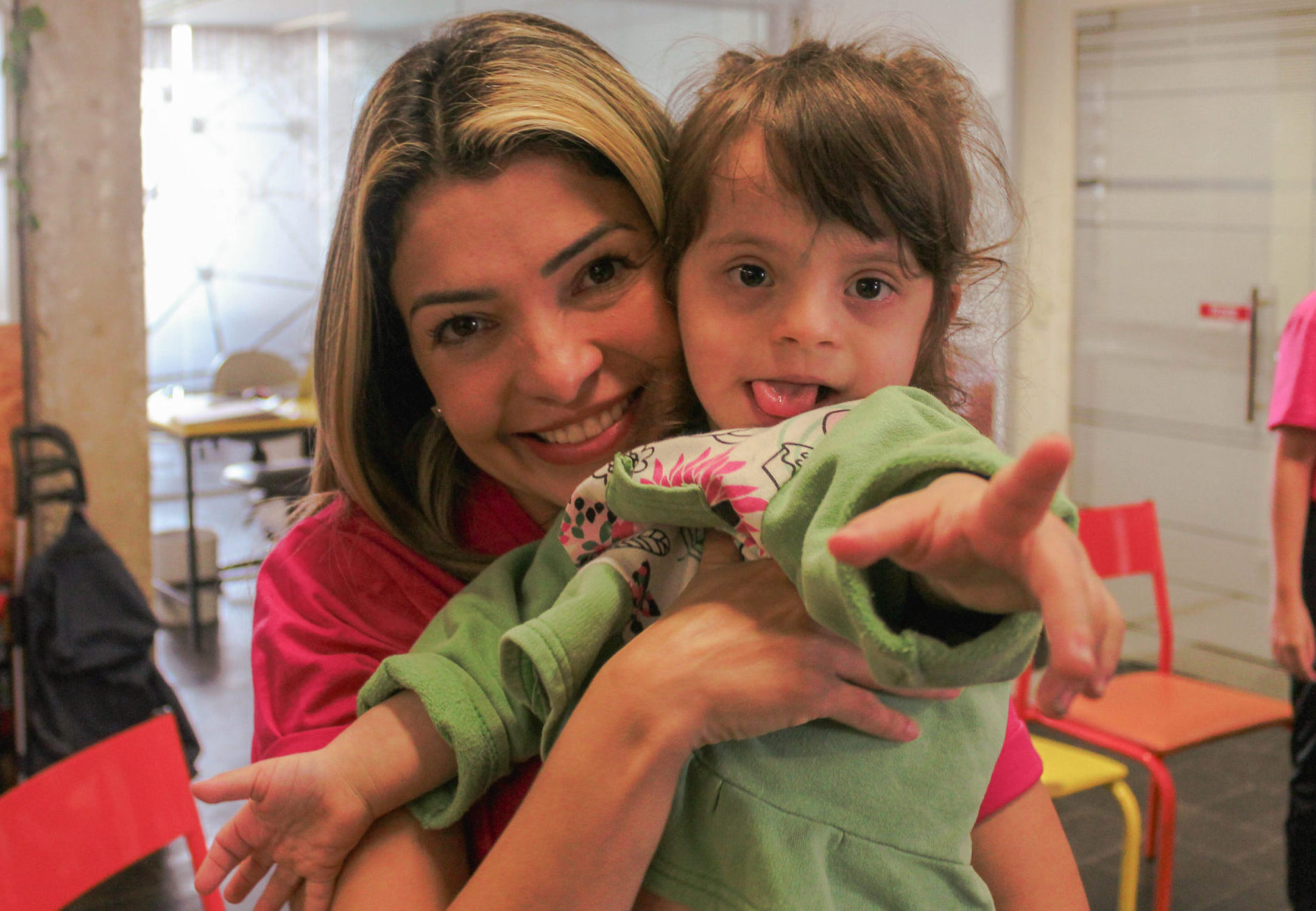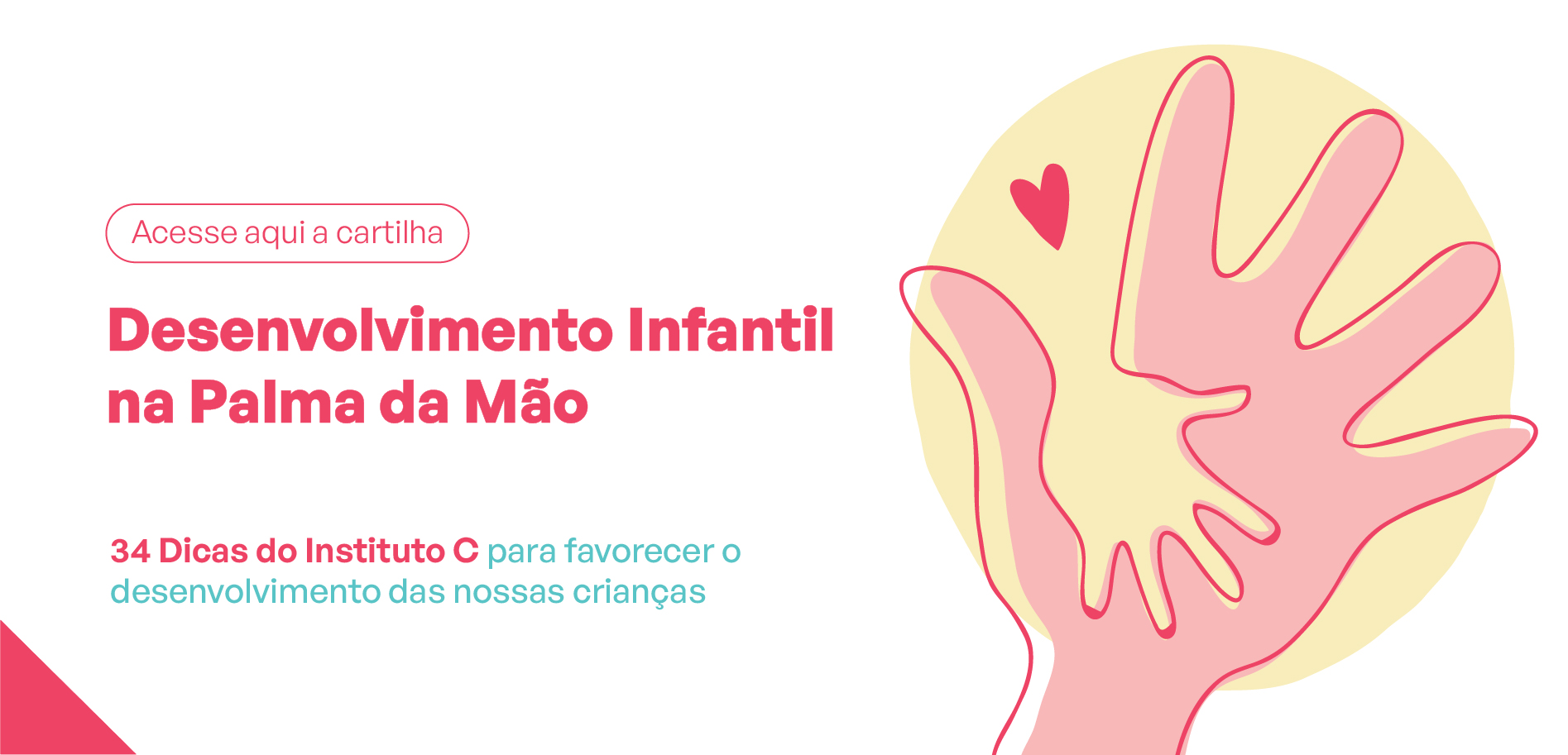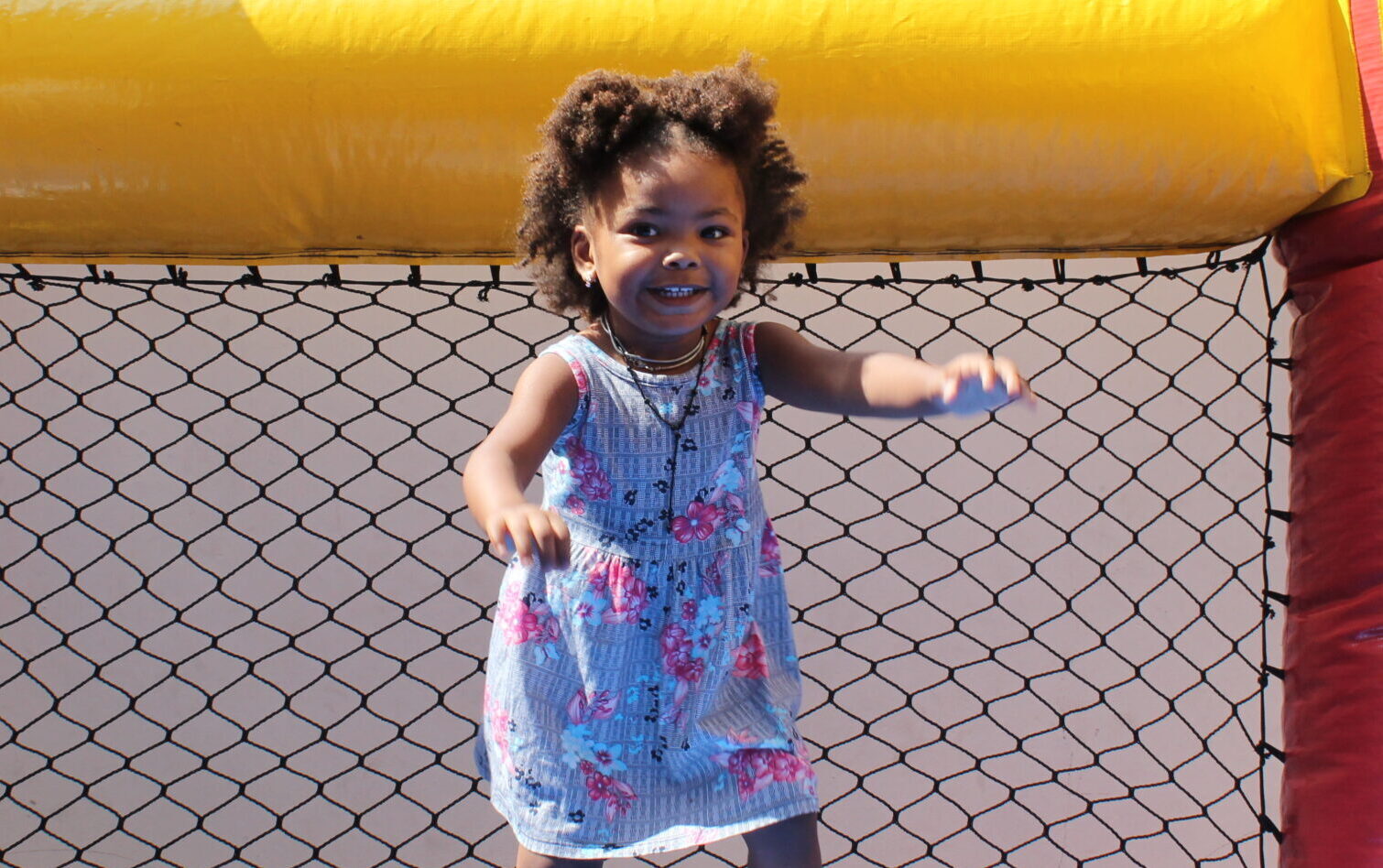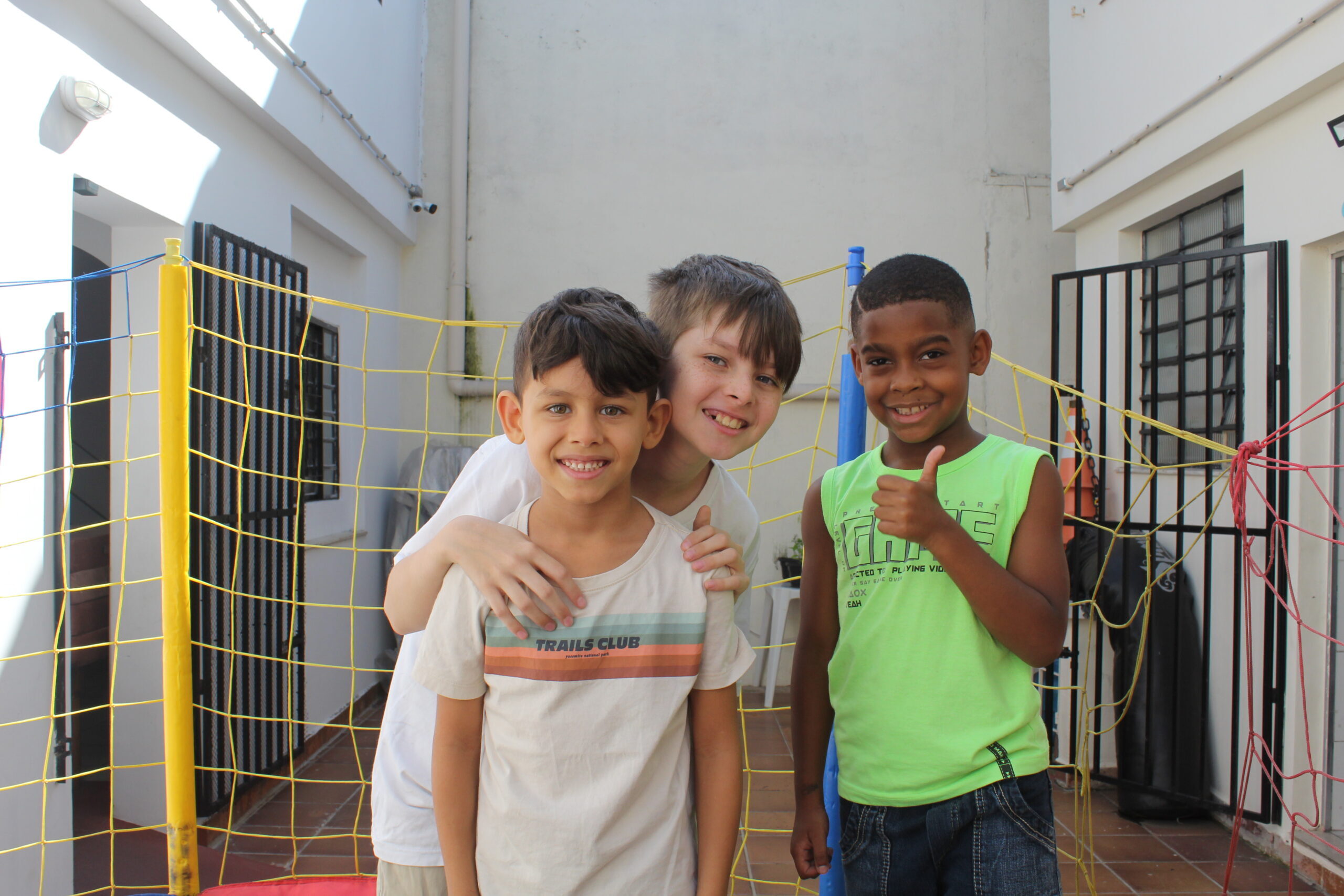Culture of Giving: Brazilians Are Synonymous with Generosity, but We Can Go Even Further
The culture of giving is a collective construction that brings together values and practices encouraging individuals and companies to contribute voluntarily to social, environmental, cultural, and other causes. Social awareness and collective engagement awaken giving as a natural behavior, making this gesture part of our responsibility as a society.
We are among the most generous countries in the world, reflecting how Brazilians are always willing to help one another. A 2024 survey by the Institute for the Development of Social Investment (IDIS) found that individual donations in Brazil reached R$24.3 billion last year. The survey analyzed institutional monetary donations made to NGOs, campaigns, or socio-environmental projects.
João Paulo Vergueiro, Director for Latin America and the Caribbean at Giving Tuesday, notes that Latin Americans have a cultural inclination toward generosity: “In general, our Latin American and Caribbean populations are very generous. We have a culture of solidarity within families, communities, churches, clubs, neighborhood associations, and samba schools.”
Other data from the survey help us understand the donation landscape in Brazil. For example, the average annual individual donation increased from R$300 in 2022 to R$480 in 2024. Many donors adopt a strategic approach: 83% seek information before contributing, and 86% carefully choose the causes they support.
Barriers to Giving
For social organizations that rely on donations to operate, there is still potential to attract more contributors. João Paulo explains that people tend to donate to causes close to their lives, such as health, education, and childhood. This “closeness” helps to sensitize donors.
The IDIS survey also shows that people donate more in emergencies, like the tragedy in Rio Grande do Sul in 2024. Extreme events mobilized half of Brazil’s population to give last year, but also raised concerns about fraud. With so many collection points, it became hard to distinguish between scams and legitimate causes—a constant concern for donors.
Paloma Costa, Institutional Relationship Manager at Instituto C, observes how distrust still affects donations: “This generalized distrust creates an emotional and rational barrier when donating. Transparency, accountability, and clear communication are essential to rebuild trust.”
Another challenge is fostering a sense of collective responsibility, encouraging people to contribute to societal development. Organizations like Instituto C address this through content that informs and demonstrates how the nonprofit sector positively impacts families.
Encouraging Generosity
Promoting giving as a continuous action is challenging but achievable through initiatives that show its impact on beneficiaries’ lives. Donating also shares a privilege one once received, helping reduce inequalities.
Ideally, donations should become part of a person’s life, like a monthly priority, reflecting causes that impact social well-being. Paloma emphasizes, “It’s crucial to show people that by contributing, they are not only helping temporarily but expanding access to rights that many lack, transforming solidarity into active citizenship.”
One way to integrate giving into daily life is through tax incentive laws, like donating part of income tax to sports, social, and cultural projects, or programs like Nota Fiscal Paulista, which allow contributions to registered organizations. Raising awareness about such initiatives encourages donations.
Giving Benefits Everyone
Donating has many benefits, including for the donor. João Paulo reflects, “The act of giving fulfills the donor because they know they are sharing the responsibility to make a difference in society.”
In English, the phrase “give back” captures this sentiment. In Portuguese, it reflects gratitude for the chance to positively impact the lives of people and institutions in need. Overall, donating creates a sense of satisfaction and happiness, as research confirms. “Giving tends to make people feel more at peace with themselves and the society, understanding that they are doing their part for a better world,” says João.
Giving Tuesday
Giving Tuesday is a global initiative promoting generosity and the culture of giving. This year, it takes place on December 2nd, when organizations and individuals mobilize to collect donations for specific causes or NGOs working on diverse issues.
João Paulo is a pioneer of Giving Tuesday in Brazil, recognizing it as one of the countries where the movement has spread most. Campaigns operate in various ways, through organizations or community-led initiatives. The current challenge is to reach more people and “break the nonprofit bubble.”
Collective mobilization is already making a difference and will continue to do so. João emphasizes, “Giving Tuesday is about generosity, about doing good. Every form of generosity is valid on this day, and you can express it in any way as long as it does good.”
At Instituto C, we invite you to join us this Giving Tuesday to help hack inequalities and expand care for hundreds of families. At IC, we remove obstacles preventing vulnerable families from achieving full citizenship, such as lack of access to information about rights, absence of support networks, and low self-esteem. Click the button below to learn how to donate.
